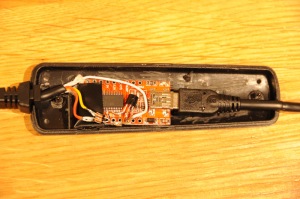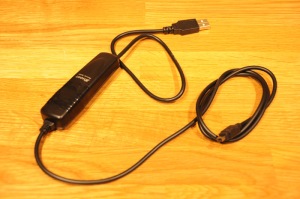Monday night was forecast to be clear until midnight, but Monday night was also this month’s meeting of the Eddington Astronomical Society, where I was scheduled to be a contributor. The second hour of the meeting was a presentation by another member and it would have been rude to cut and run, so I arrived at my dark location at 9.30 pm. It took until about 10.30 to set up.
My old notebook computer can just about run the guiding program PHD2 and the camera control program Backyard Nikon at the same time, but it is prone to falling over. Those two programs can be set to talk to one another, so that the whole imaging system is able to “dither” the frames between exposures, with the result that each exposure is captured on a slightly different part of the sensor. That helps with elimination of noise in the post-processing. It took a couple of reboots and re-calibrations to persuade the system to run smoothly, but eventually I could start a sequence of five-minute dithered subframes of galaxy IC342 in the constellation of Camelopardalis.
I was also experimenting with using higher ISO settings, following the analysis available on the sensorgen website. The Nikon D90’s read noise curve flattens out at ISO 800 and then again at ISO 3200 – a somewhat confusing result – so ISO 3200 was the choice for the evening. That’s higher than I would normally use, and the loss of dynamic range was noticeable. So was the amount of amp glow in the dark frames!
My four-hour plan for the whole session might have been optimistic, as the notebook battery wasn’t happy at -5° celsius, and only endured for about an hour. The mist didn’t roll in until about 1am, but there is so much water in the ground in Cumbria that low level humidity is a real problem for imaging – even on an otherwise clear night.
So not the best session, but there have been so few this season and it was good to be catching a few photons under a dark sky.


